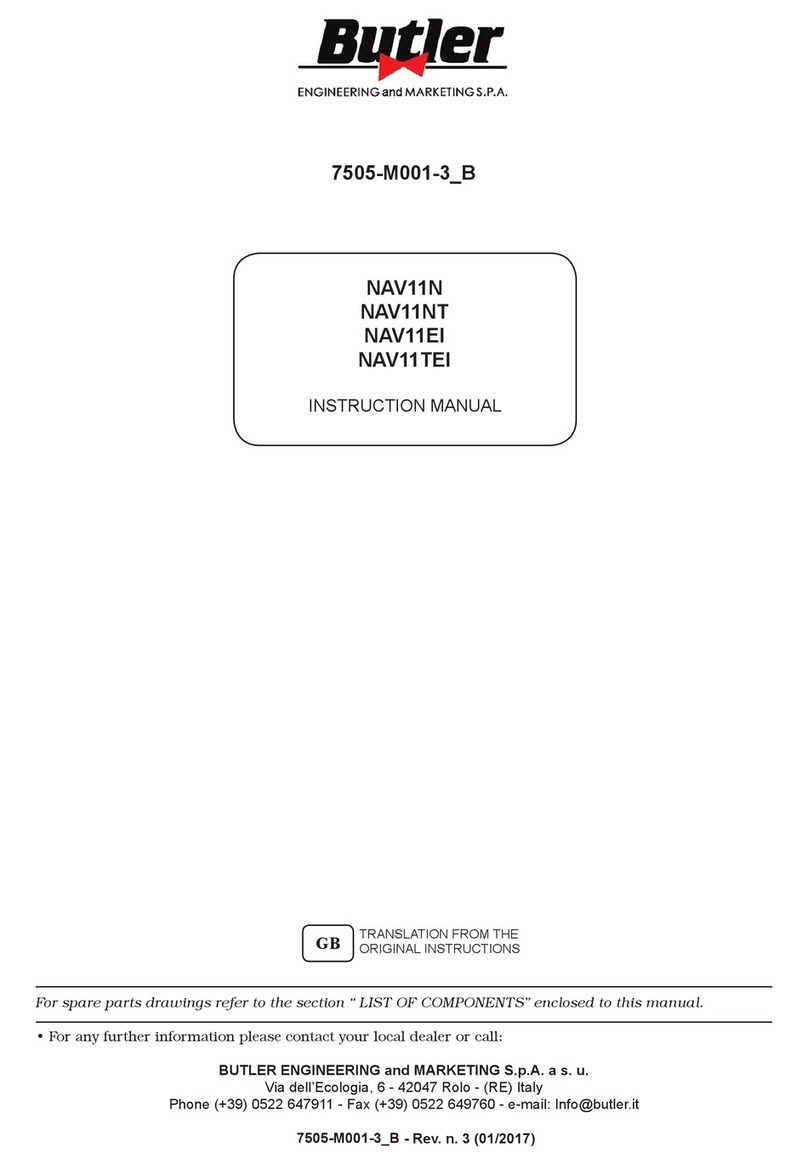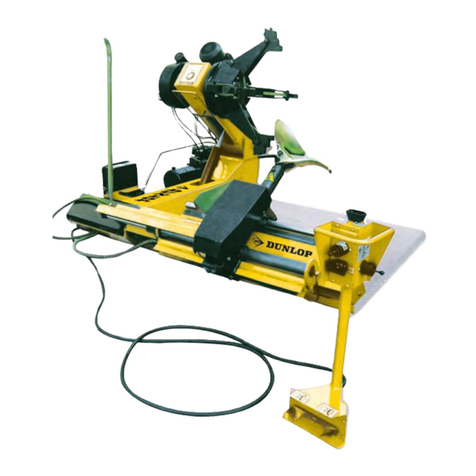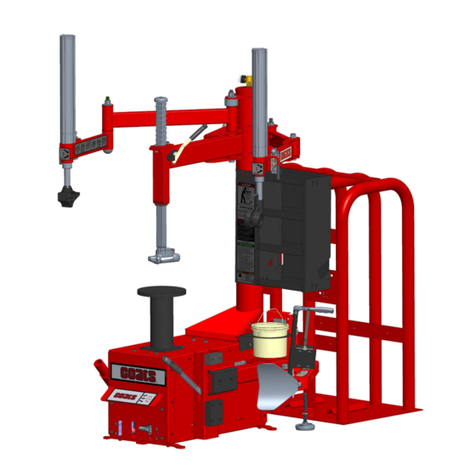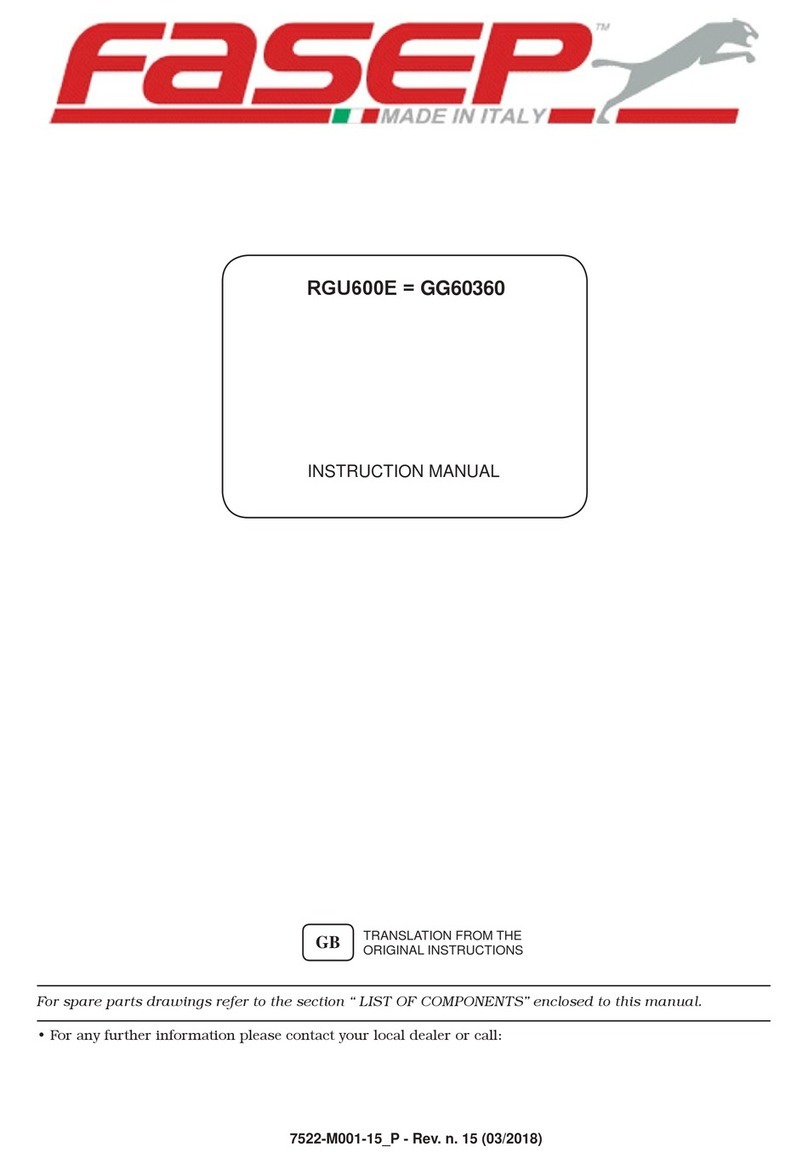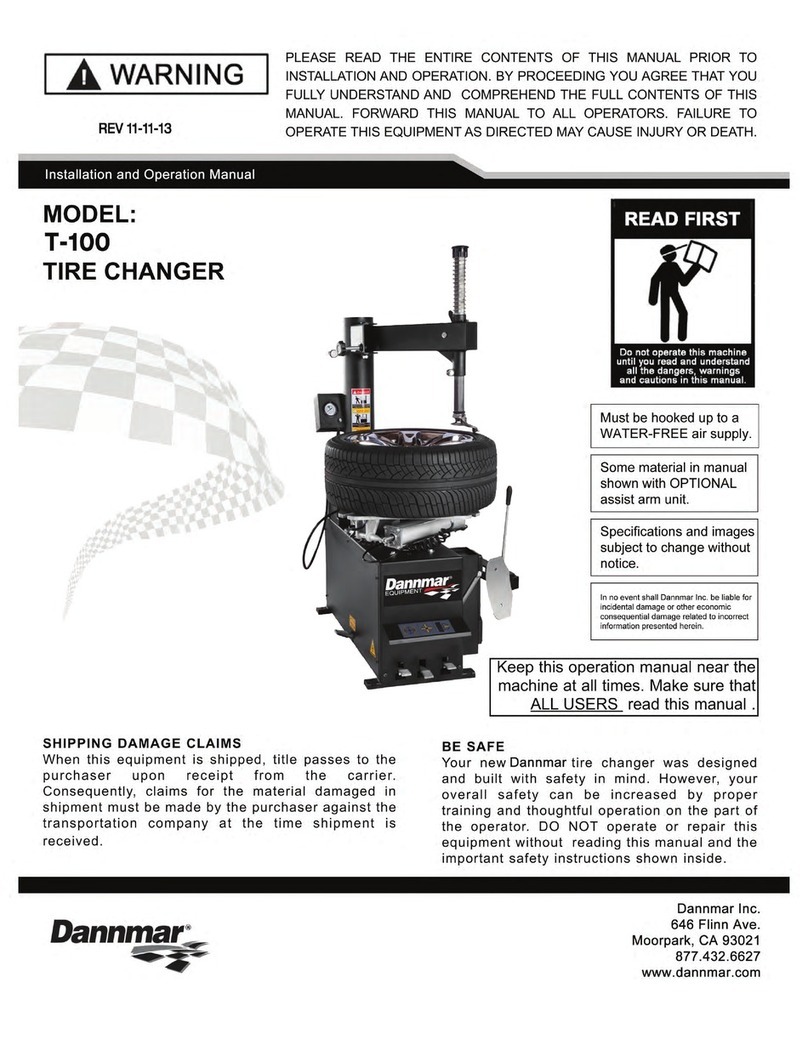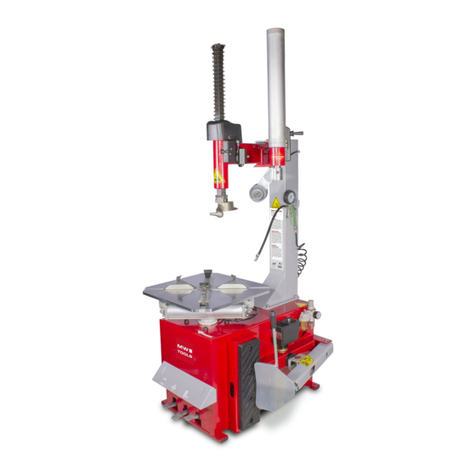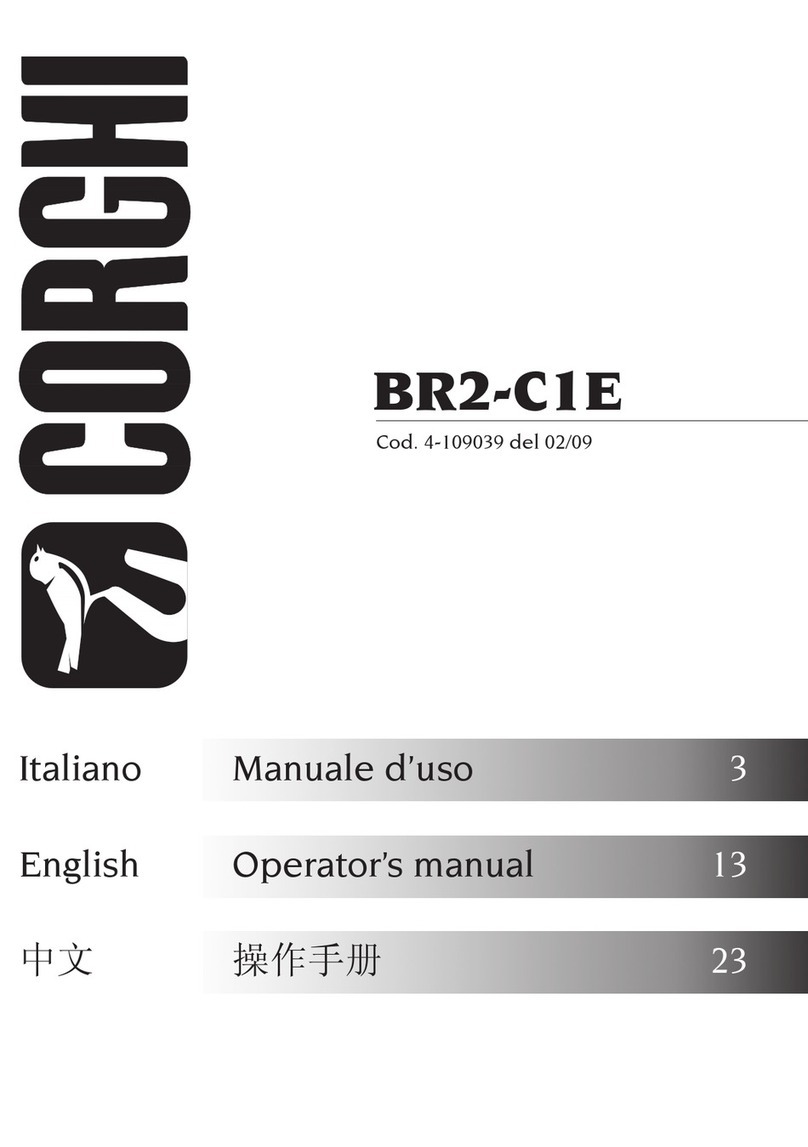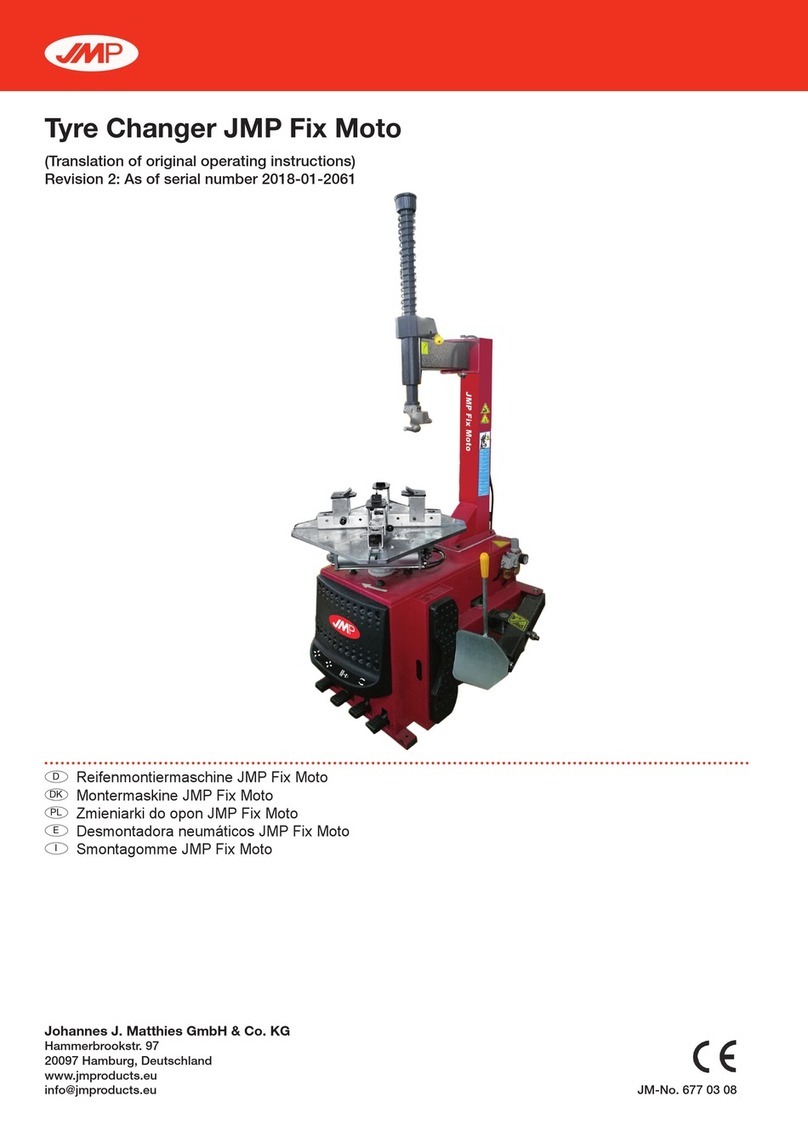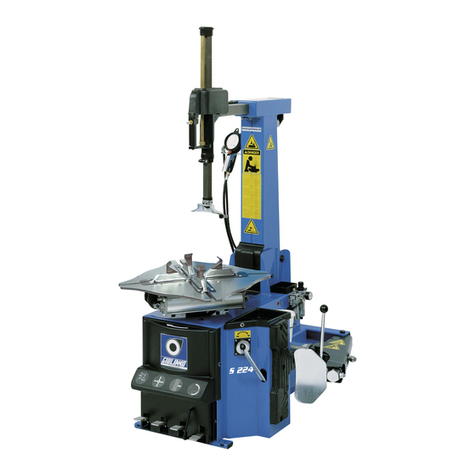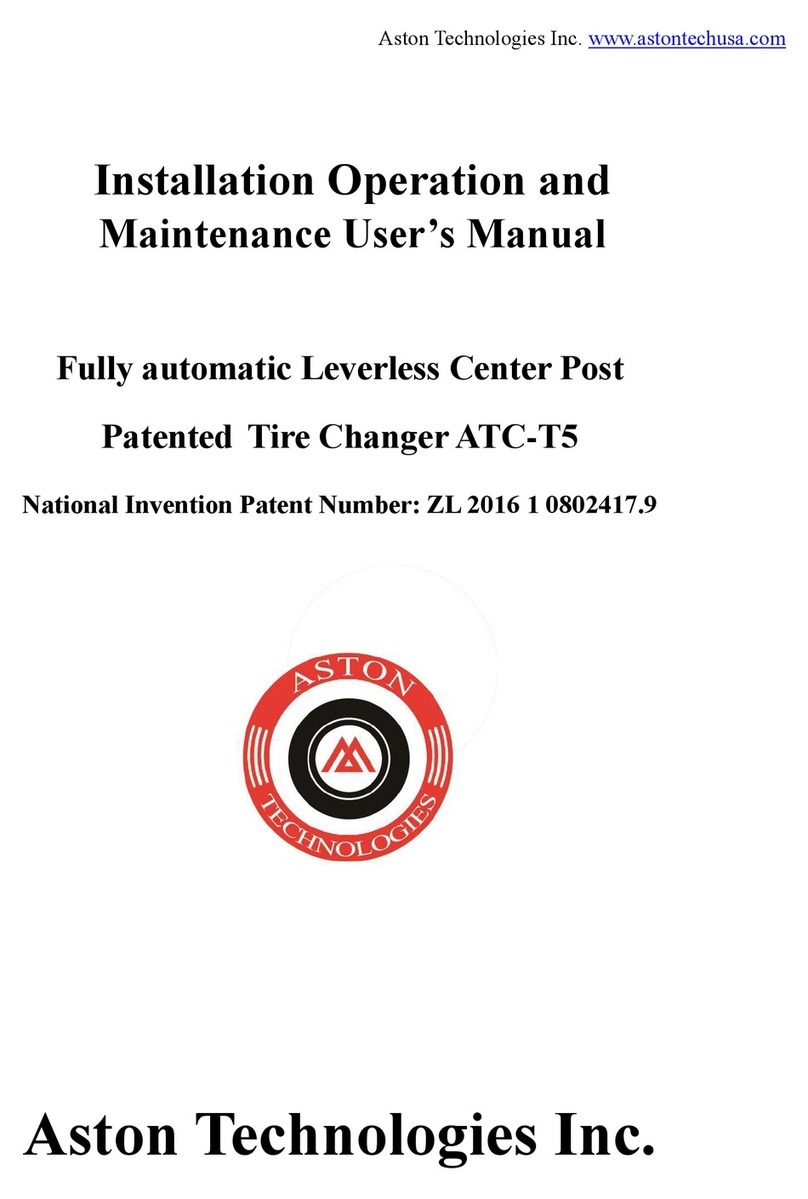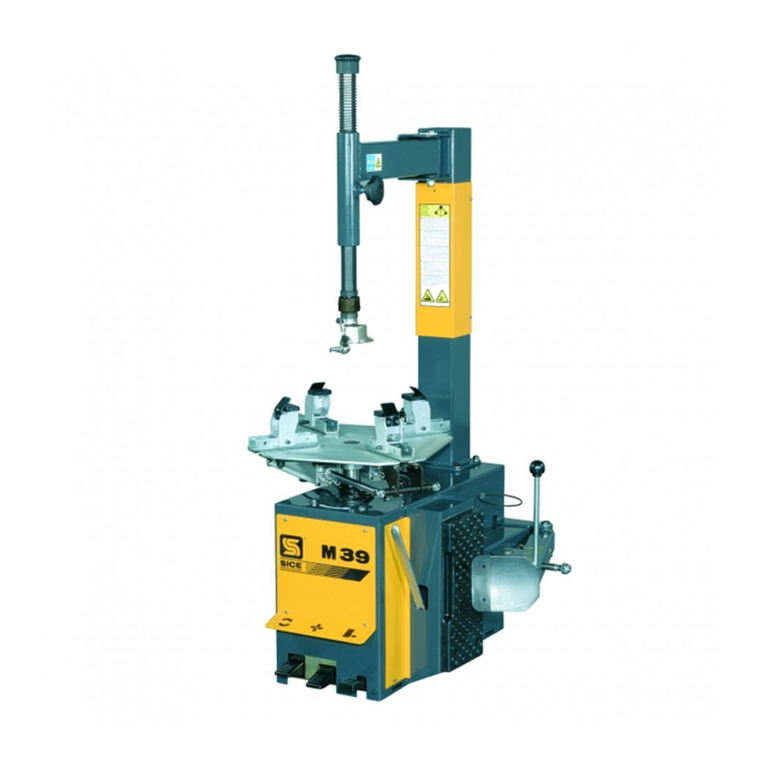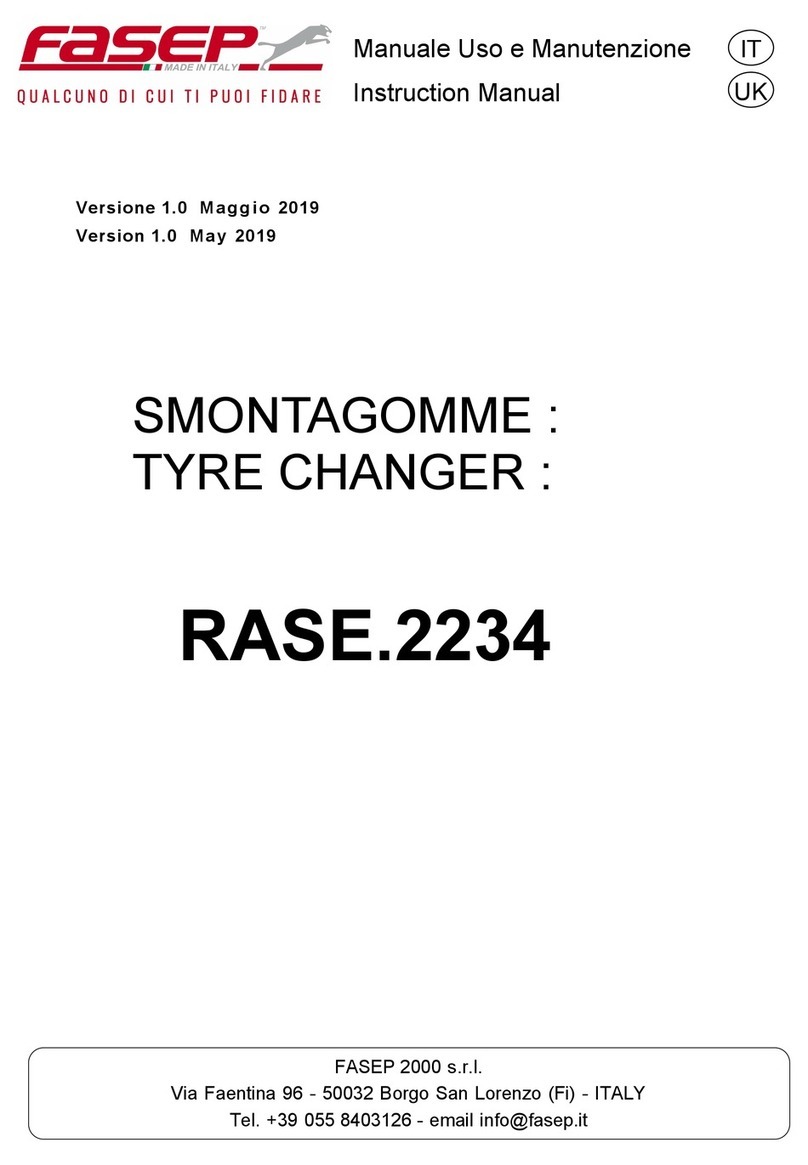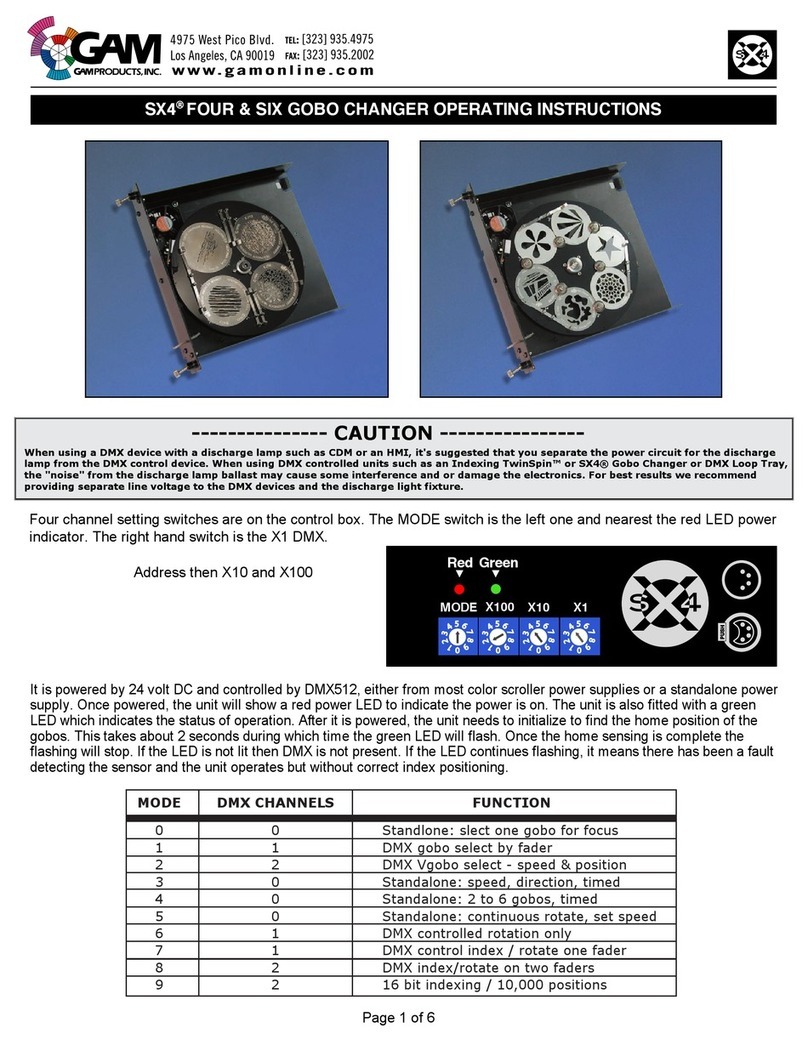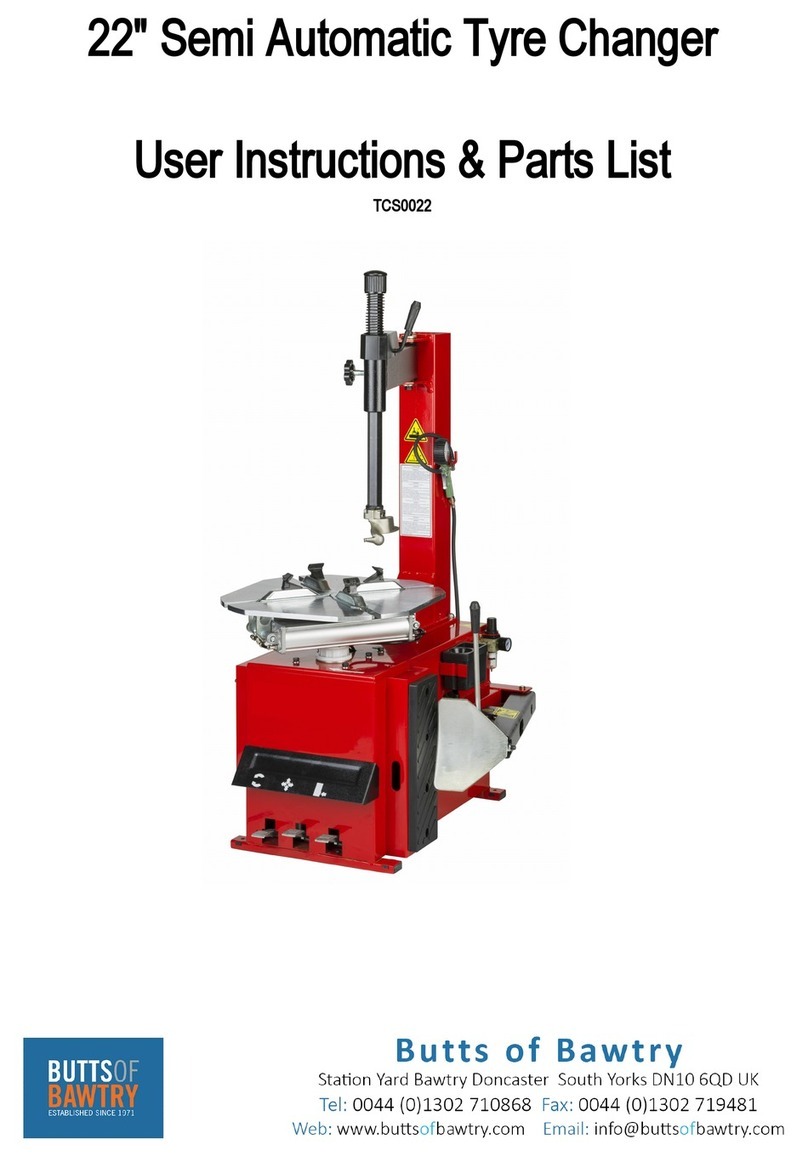
DT-50 and DT-50A Tire Changer 4P/N 5900260 — Rev. A1 — Dec. 2020
Shipping Information
Your equipment was carefully checked before shipping. Nevertheless, you should thoroughly inspect
the shipment
before
you sign to acknowledge that you received it.
When you sign the bill of lading, it tells the carrier that the items on the invoice were received in good
condition.
Do not sign the bill of lading until
after
you have inspected the shipment.
If
any of the items listed on the bill of lading are missing or damaged, do not accept the shipment until
the carrier makes a notation on the bill of lading that lists the missing or damaged goods.
If you discover missing or damaged goods
after
you receive the shipment and have signed the bill of
lading, notify the carrier at once and request the carrier to make an inspection. If the carrier will not
make an inspection, prepare a signed statement to the effect that you have notified the carrier (on a
specific date) and that the carrier has failed to comply with your request.
It is difficult to collect for loss or damage after you have given the carrier a signed bill of lading. If this
happens to you, file a claim with the carrier promptly. Support your claim with copies of the bill of
lading, freight bill, invoice, and photographs, if available. Our willingness to assist in helping you
process your claim does not make us responsible for collection of claims or replacement of lost or
damaged materials.
Safety Considerations
Read this manual carefully before using your new product.
Do not set up or operate
the product until you are familiar with all operating instructions and warnings. Do not allow anyone else
to operate the product until they are also familiar with all operating instructions and warnings.
⚠WARNING There are many moving parts on a Tire Changer; keep clear of these moving parts
and the Tire being changed. In particular, when inflating a Tire, never lean over the
Tire; if it were to explode (which does happen), the force could injure or kill the
Operator or bystanders. During inflation, the Operator should be as far away from
the Tire as possible and all bystanders must be at least 30 feet away.
Safety Information
Please note the following:
•The product is a Tire Changer.
Use it only for its intended purpose.
•The product
must
only be operated by authorized, trained, properly supervised personnel. Keep
children and untrained personnel at least 30 feet away from the product when it is in use.
•Always follow all applicable local, state, and federal codes, rules, and regulations, including (but not
limited to) OSHA standard 1910.177 (Servicing multi-piece and single piece rim Wheels).
•You
must
wear OSHA-approved (publication 3151) Personal Protective Equipment at all times
when installing, using, maintaining, or repairing the Tire Changer. Leather gloves, steel-toed work
boots, eye protection, back belts, and hearing protection
are mandatory
.
•Do not use the product while Tired or under the influence of drugs, alcohol, or medication.
•Do not use the product in the presence of cigarette smoke, dust, or flammable liquids or gases.
Use the product indoors in a well-ventilated area.
•Do not make any modifications to the product; this voids the warranty and increases the chances
of injury or property damage.
Do not modify any safety-related features in any way
.

